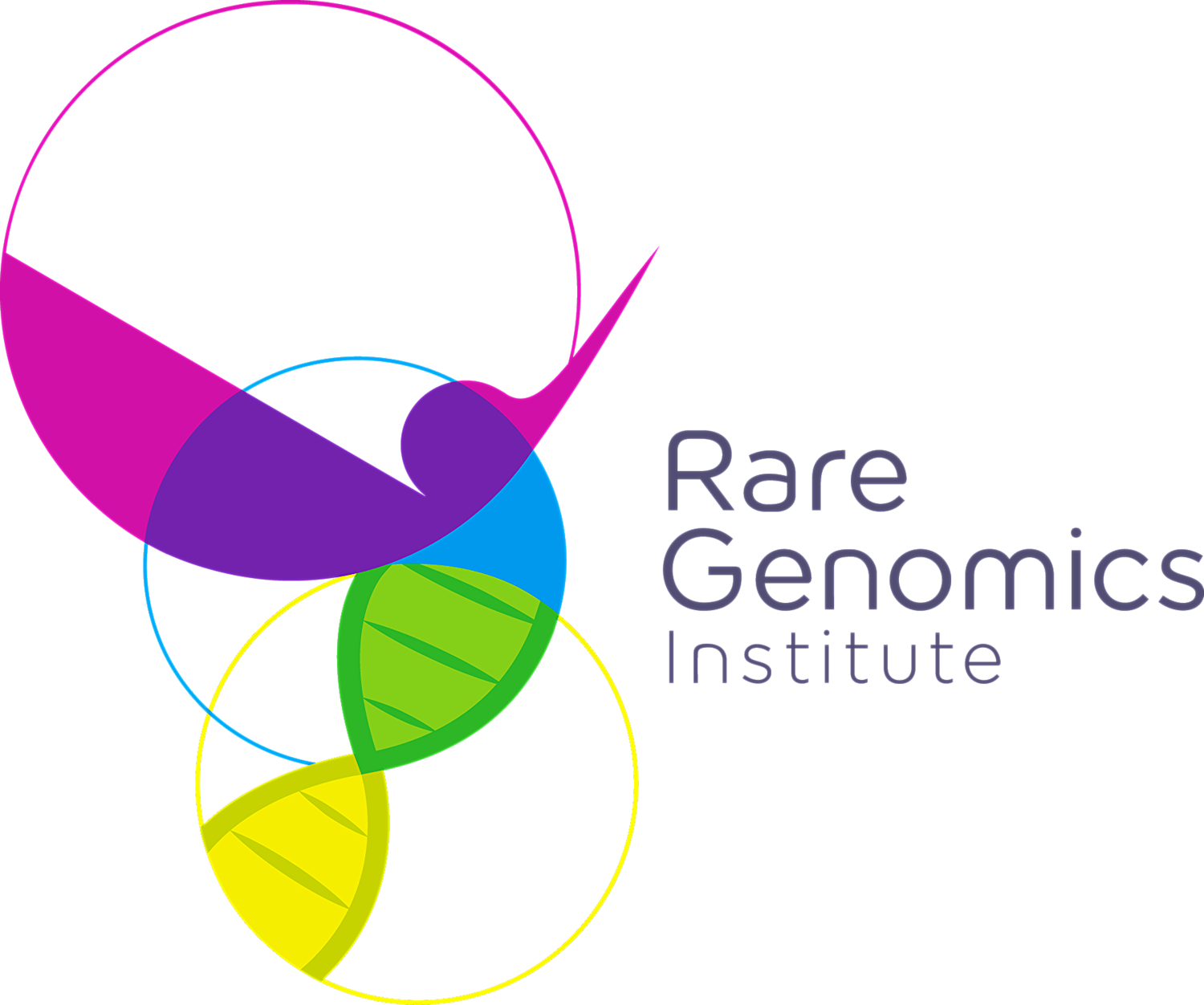Funding Challenges in Rare Disease Research: How Financial Support Can Transform the Rare Disease Landscape
/Rare diseases may each affect only a small number of individuals, but collectively they impact up to 30 million Americans—highlighting a silent crisis in healthcare. Despite scientific progress, rare disease research remains chronically underfunded, resulting in delayed diagnoses, mismanagement, and a lack of effective treatments. This article explores the funding challenges that plague rare disease research and how strategic financial support—from government grants to public-private partnerships—can drive critical advancements. Transforming the rare disease landscape is not just about innovation; it's about giving millions a fair chance at timely diagnosis, effective care, and a better quality of life.
Read More


